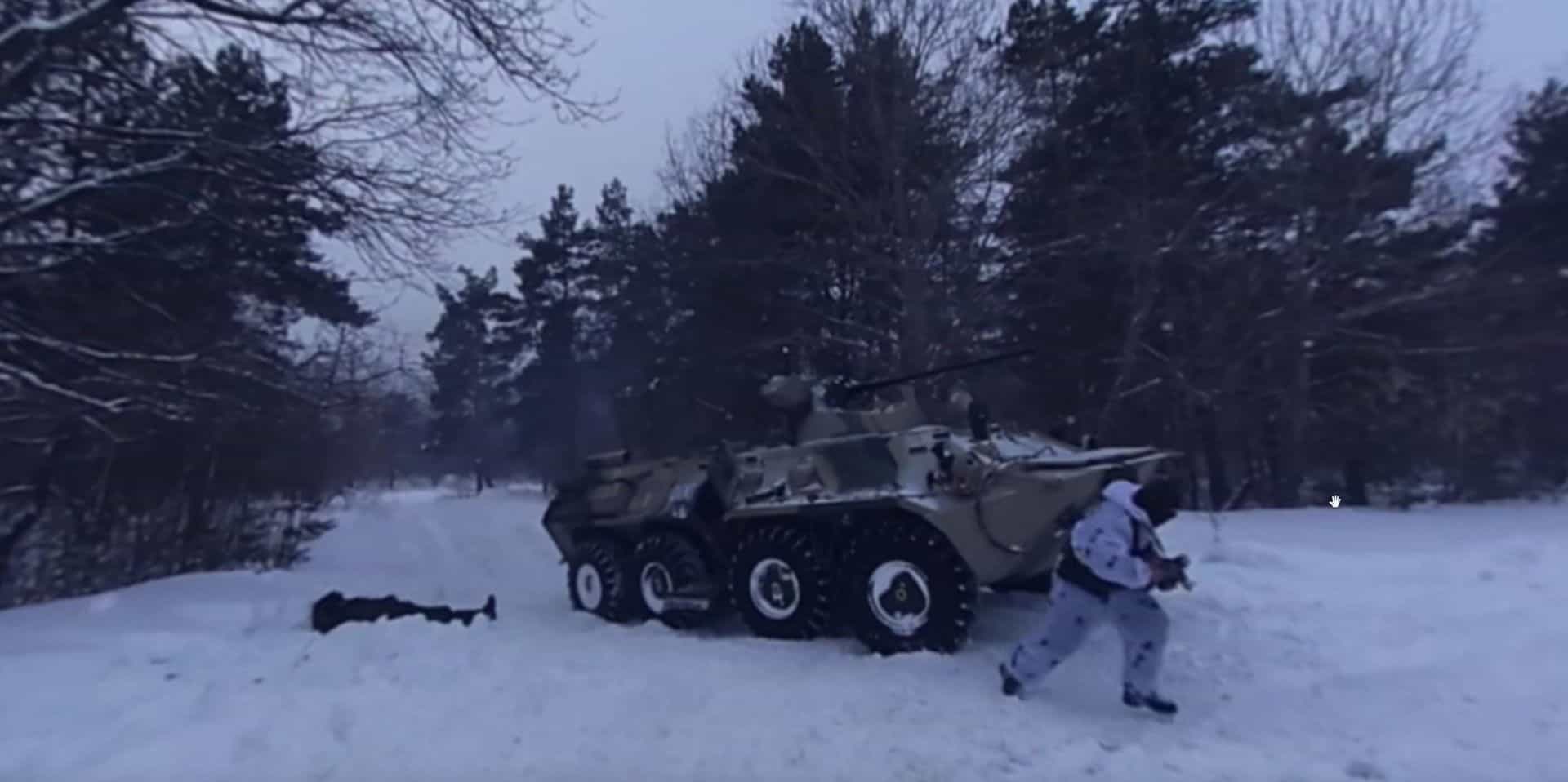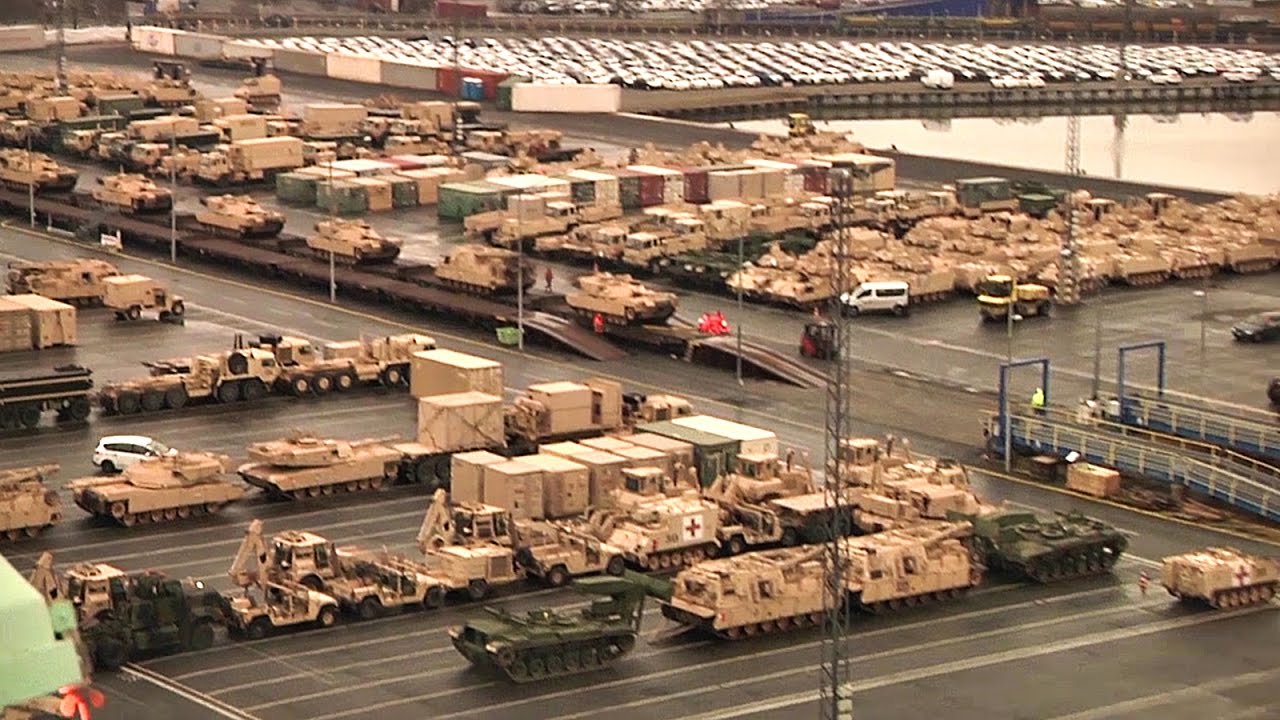B-52 Bomber landing
B-52 Bomber landing at Avalon Airport, outside Melbourne, Australia prior to the March 2011 Airshow. The Boeing B-52 Stratofortress is a long-range, subsonic, jet-powered strategic bomber designed and built by Boeing and operated by the United States Air Force (USAF). Beginning with the successful contract bid on 5 June 1946, the B-52 design evolved from a straight-wing aircraft powered by six turboprop engines to the final prototype YB-52 with eight turbojet engines and swept wings. The Stratofortress took its maiden flight in April 1952. Built to carry nuclear weapons for Cold War-era deterrence missions, the B-52 Stratofortress replaced the Convair B-36. Although a veteran of a number of wars, the Stratofortress has dropped only conventional munitions in combat. The B-52 carries up to 70000 pounds (32000 kg) of weapons. Its Stratofortress name is rarely used outside of official contexts; it has been referred to by Air Force personnel as the BUFF (Big Ugly Fat/Flying F@cker/Fellow). The B-52 has been in active service with the USAF since 1955. The bombers flew under the Strategic Air Command (SAC) until it was disestablished in 1992 and its aircraft absorbed into the Air Combat Command (ACC). This remained the case until February 2010 when all B-52 Stratofortress and B-2 Spirit aircraft were transferred from ACC to the recently established Air Force Global Strike Command (AFGSC). Superior performance at high subsonic speeds and relatively low operating costs have kept <b>…</b>










